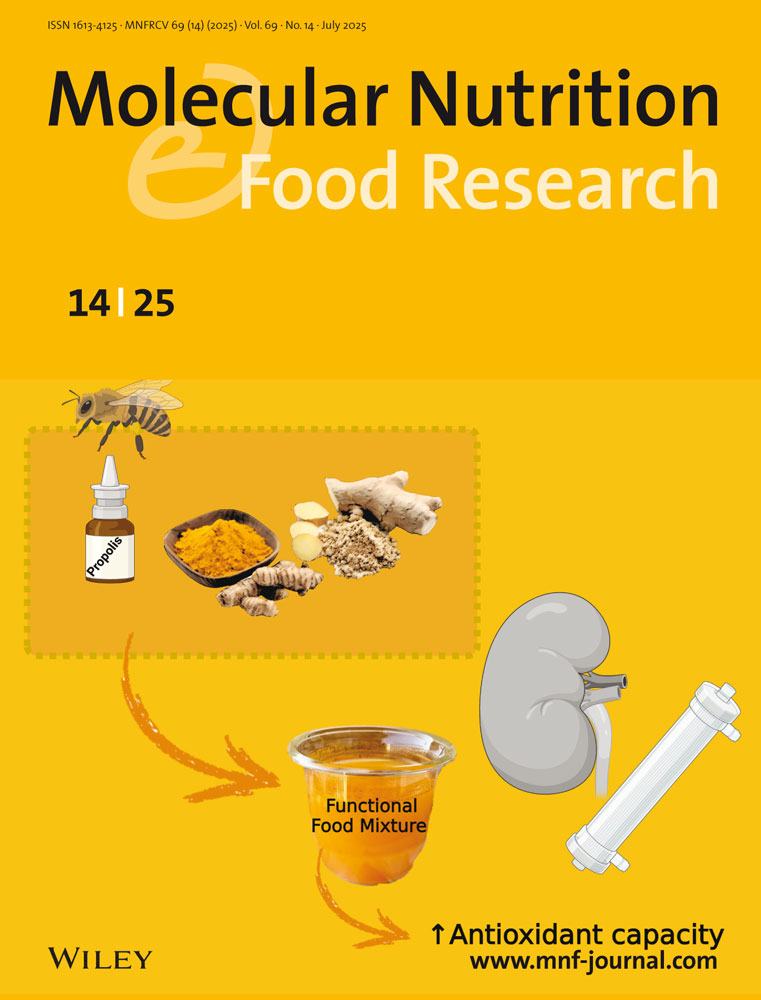Chromatographic separation of flaxseed phenolics
Abstract
enA column chromatography method for separation of phenolic compounds from flaxseed using Sephadex LH-20, RP-8 and silica gel is described. TLC analysis proved that separated fractions contained numerous phenolic compounds. All fractions exhibited a maximum UV absorption between 270 and 290 nm. Additional shoulders were observed between 274 and 350 nm. These results imply that lignans and their derivatives are the main phenolic compounds present in flaxseed.
Abstract
deChromatographische Trennung von Flachssamen-Phenolen
Es wird eine säulenchromatographische Methode zur Trennung von phenolischen Verbindungen von Flachssamen unter Verwendung von Sephadex LH-20, RP-8 und Silicagel beschrieben. TLC-Analysen zeigen, daß die getrennten Fraktionen zahlreiche phenolische Verbindungen enthalten. Alle Fraktionen weisen ein Maximum der UV-Absorption zwischen 270 und 290 nm auf, zusätzliche Schultern werden zwischen 274 und 350 nm beobachtet. Die Ergebnisse lassen darauf schließen, daß Lignane und ihre Derivate die wesentlichen Phenolverbindungen im Flachssamen sind.




